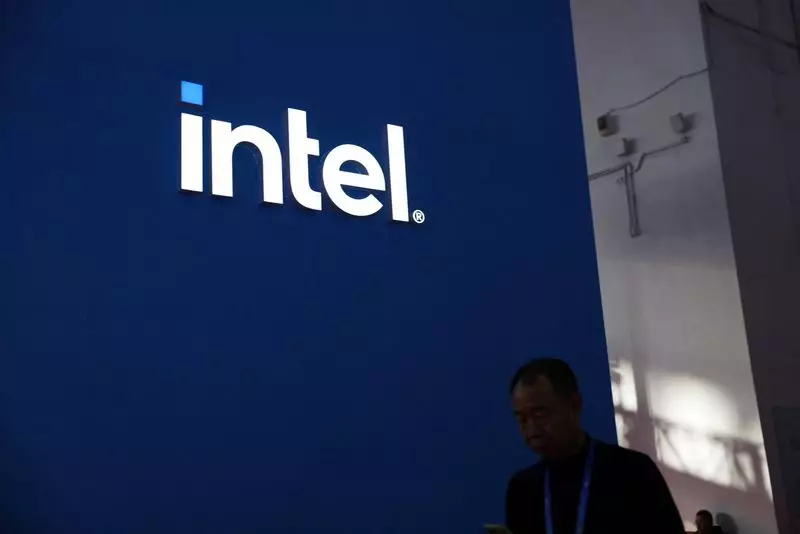The recent announcement of Intel Corporation’s leadership shake-up has sent ripples through the tech industry, stirring both speculation and concern among investors and analysts alike. With Pat Gelsinger’s resignation as CEO, the question arises whether Intel can pivot effectively from the complexities of its foundry operations. Analysts from Citi have suggested that divesting the foundry business could yield near-term advantages, potentially unlocking dormant value for shareholders. They propose that ceasing Intel’s ambition to position itself as a merchant foundry may be prudent, considering the operational missteps that have characterized the unit under Gelsinger’s stewardship.
Gelsinger was regarded as a passionate advocate for the foundry initiative, promoting it as a vital element of Intel’s long-term strategy. With Gelsinger’s departure, the potential for a quick exit from this venture seems increasingly likely. This strategic pivot could not only help recover some financial stability but might also enable Intel to concentrate on its core semiconductor production capabilities. Given the rapid evolution of the semiconductor market and intensified competition from entities like TSMC and NVIDIA, this shift could be timely.
However, the change in leadership poses a significant risk to Intel’s future trajectory. Gelsinger’s technical prowess and vision were seen as pivotal in reversing the company’s decade-long decline in market relevance. His resignation presents a challenge, as there are concerns that new co-CEOs David Zinsner and Michelle Holthaus may lack the same technical acumen to drive the necessary advancements in manufacturing and product quality. Analysts have cautioned that the new leadership’s vision might not align with the technical mastery required to restore Intel’s competitive edge in an industry increasingly dominated by cutting-edge technology and artificial intelligence.
Moreover, Intel’s stock has already experienced a notable contraction, halving its value in 2024 alone. This decline underscores the urgency for the new leadership to implement effective strategies quickly. Failure to capitalize on emerging trends in artificial intelligence and advanced silicon production could exacerbate the already precarious position of the company, pushing it further behind its competitors.
In light of these developments, Intel stands at a critical juncture. The decision to potentially divest from its foundry operations highlights a pivotal moment, but it also raises fundamental questions about the company’s future direction. The challenge before Zinsner and Holthaus will be to not only address the misfortunes of the foundry business but also to develop a coherent strategy that reinvigorates the core semiconductor operations.
The future profitability of Intel may very well hinge on how both the departing and incoming executives handle this transition. The tech giant must navigate through a landscape rife with challenges while also seizing new opportunities presented by the burgeoning demand for advanced chips. Investors will be watching closely, hoping that this new chapter will add value rather than diminish it as the company seeks to reclaim its prominence in the semiconductor world.

